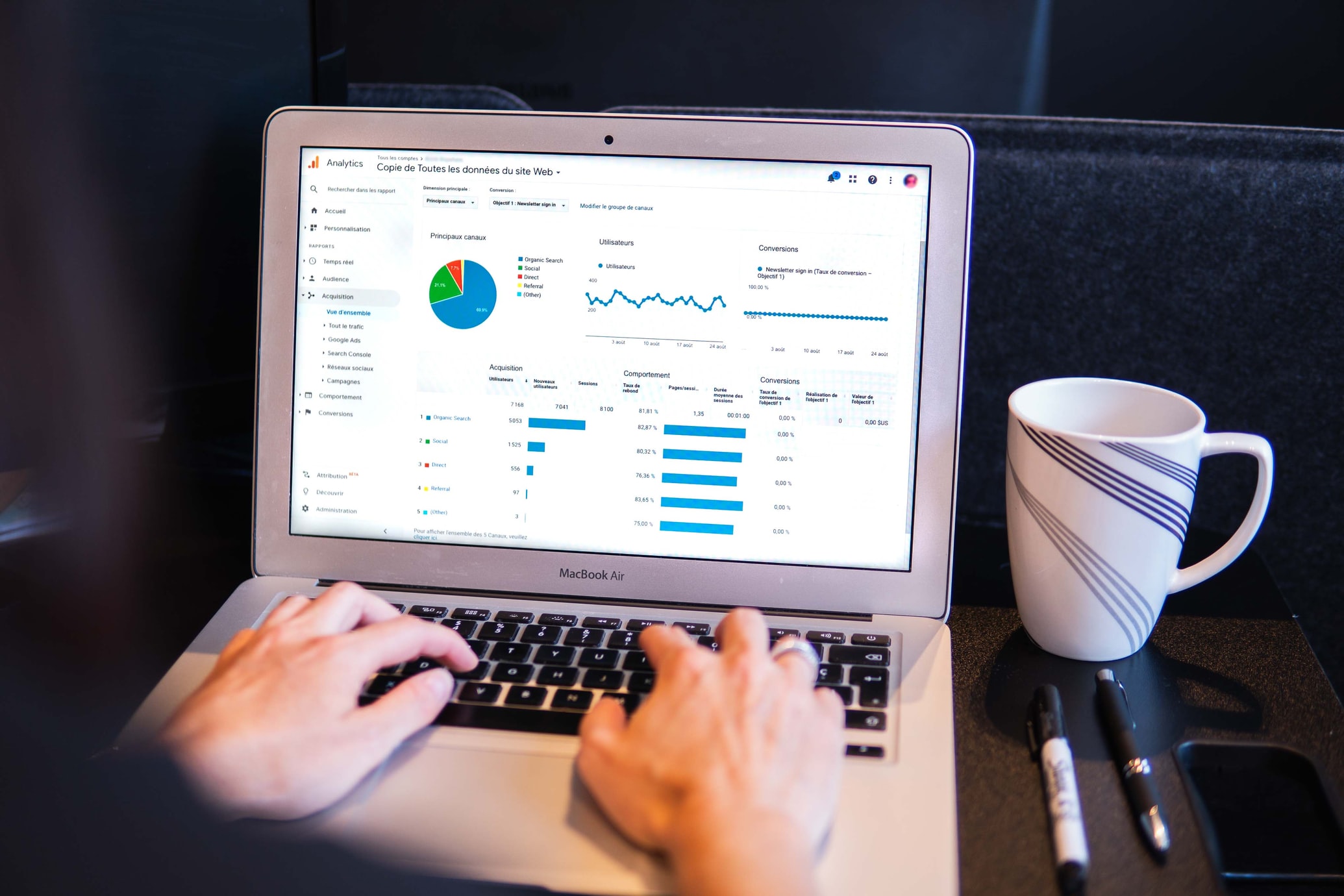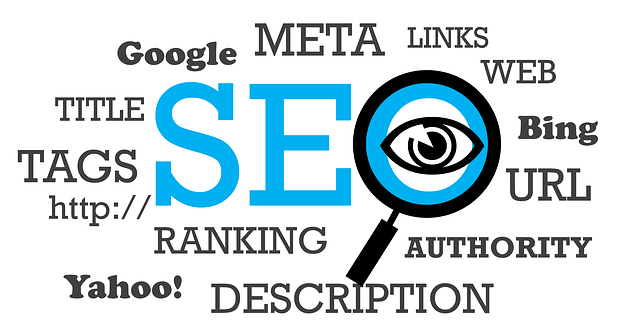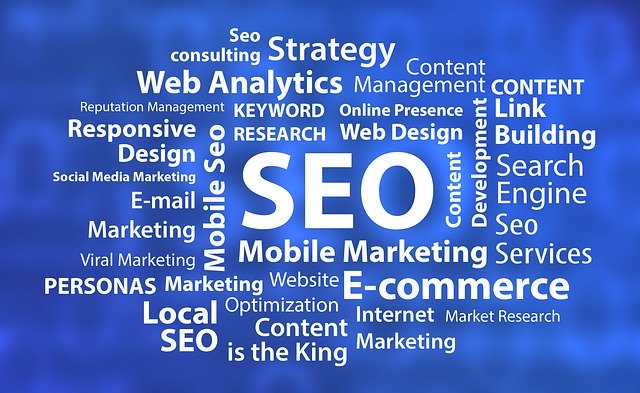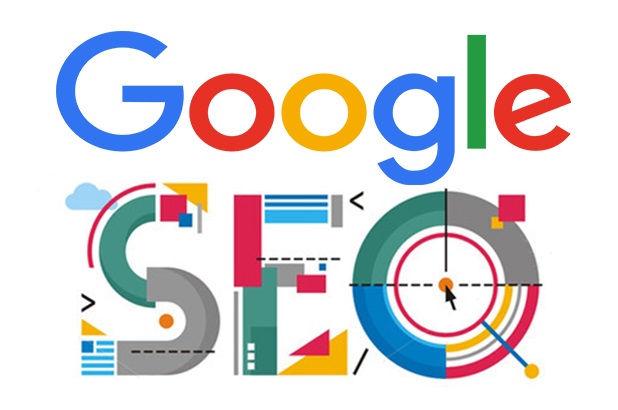Sometimes it seems that online trends are moving so fast that it’s almost impossible to keep up. Google keeps updating its algorithm, so businesses must adapt their marketing strategies to remain visible. You can’t treat digital marketing as a one-and-done affair. It is something that you constantly need to research if you want to stay relevant. If you divert your attention for just a second, you’ll be swamped by a bunch of new marketing buzzwords. It can sometimes feel like you aren’t even speaking the same language. To help get you up to speed, we will cover ten must-know digital marketing acronyms.
Before we dive in
Over the years, digital marketing has become incredibly complex. Modern technology can allow us to track vast amounts of data, making it easy to get confused. If you feel overwhelmed or lost by the sheer scope of data available for your marketing campaign, we suggest you take a step back. Perhaps you don’t need to worry about every metric, especially if you don’t know what they represent. Go back to the goals of your marketing campaign, and look at what you want to achieve. Different approaches and metrics may be more or less important, depending on your goals. For example, increasing your customer base will require a different strategy than building interest for a new product launch.
You should talk to the company you’ve hired if you outsource your marketing. Don’t settle for a one-size-fits-all marketing model, and feel free to ask them to explain the must-know digital marketing acronyms they use. Demand measurable results instead of confusing metrics you have a hard time understanding.
The list of 10 must-know digital marketing acronyms
1. SERP
We are starting our list with SERP – Search Engine Results Page, and it represents the rank your site can achieve when users search for your relevant keywords. Obviously, the higher the rank, the better, and you should try to aim for the first page. Unfortunately, users rarely venture past page one on Google, so obtaining a good position should be an important goal for any marketing campaign. Getting ranked highly on SERPs means you can expect to see a lot of organic traffic to your website. This traffic is typically considered free traffic since it doesn’t directly come from clicking on one of your ads. However, you may have put a lot of effort and money into website optimization to get a high rank.
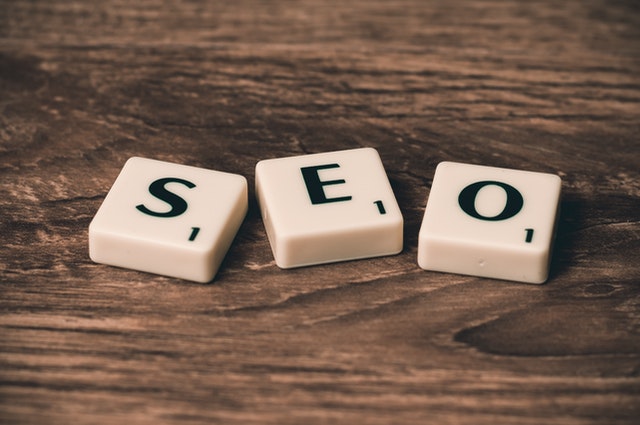
SEO is a set of essential techniques for any digital marketing campaign.
2. SEO
This one stands for Search Engine Optimization, which is the sum of techniques and design principles used to tweak your website and its contents so that you can get a good position on SERPs. You shouldn’t overlook SEO guidelines even if you aren’t particularly interested in organic traffic. They are generally sound design principles, and if you adhere to them, you can end up with a polished website. Your site will greatly impact how your visitors perceive your company and the products you sell. Therefore, we recommend looking into the basics of SEO.
3. KPI
Every marketing campaign should start by clearly defining the goals you want to achieve. Key Performance Indicators (KPI) are the metrics you plan to measure to know if you are on track. They are the indicators of the success of your marketing, and you should keep a constant eye on the KPI you have chosen to track. If things aren’t working as expected, you can adjust and realign your current marketing campaign.
4. CRM
Modern marketing campaigns usually track multiple KPIs. However, you will also need to monitor how your customers progress on their sales journey. This can also be a good indicator if something isn’t functioning properly. Thankfully, you can use plenty of software tools, and Customer Relationship Management (CRM) represents a set of tools to get the job done. The CRM experts from moverstech.com suggest using CRM to monitor the progress of users through the sales funnel. However, you can also use CRM to follow up on users who haven’t completed a purchase. This can give you valuable insight into your marketing and sales departments.
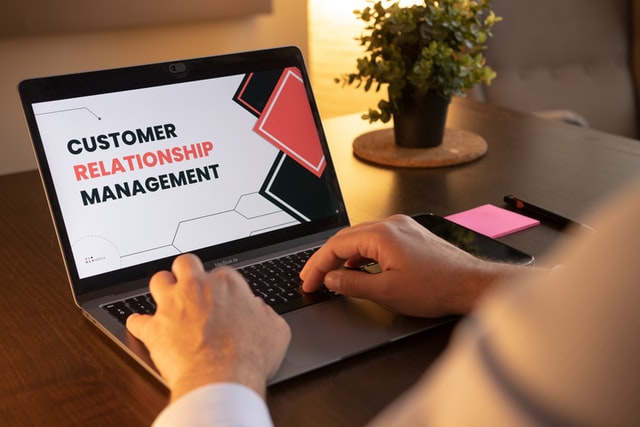
CRM software can help you track how your customers are behaving.
5. PPC
Pay Per Click is an effective and popular form of advertising where you pay for your ads every time a user clicks on them. Most major social networks offer this form of advertising, as do popular search engines such as Google and Bing. This type of advertising is relatively affordable and scales well with the size of your campaign.
6. CTR
Your Click-Through Rate represents the number of users who clicked on your ads versus the number of times your ads were displayed. A low CTR means that engagement with your ads is low, and you might want to rework them. You can measure the CTR of your ads; however, it can also be applied to your CTA.
7. CTA
Your Call To Action (CTA) is the button on your website intended to encourage visitors to perform a specific action. The action you want your visitors to perform can include signing up for a newsletter, filling out a form, or purchasing a product. You can calculate the CTR of your CTA by tracking how many visitors who arrive on your landing page click on your CTA.
8. CRO
Conversions represent the users who performed the action you wanted them to. You can perform adjustments to your website and attempt Conversion Rate Optimization (CRO). These are changes intended to boost the effectiveness of your CTA and other marketing and to entice more users to convert.
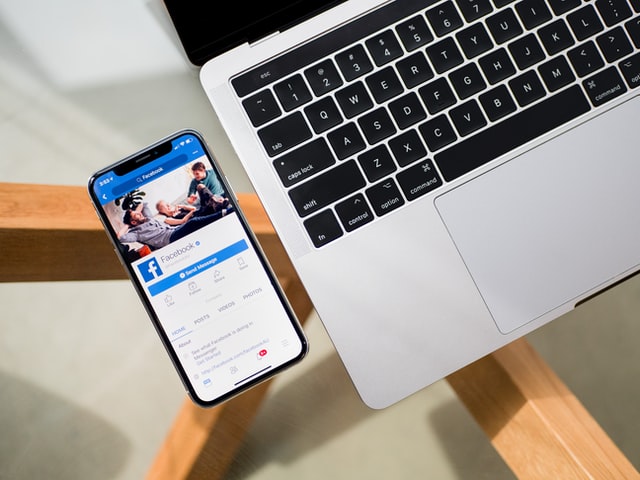
Knowing how many mobile users scroll past your ads can be good.
9. CPC, CPL, CPA
When paying for advertising and measuring the effectiveness, you can easily calculate individual costs for various events. Therefore, we can discern the Cost Per Click (CPC) for each time someone clicks on one of your ads. Similarly, we can calculate the Cost Per Lead (CPL) and Cost Per Acquisition (CPA) when attempting to expand our customer base.
10. SEM
Most search engines will also have integrated forms of advertising on their own platforms. We call this Search Engine Marketing (SEM), and a prime example would be using Google Ads to promote your business. However, there are also ways to get promoted on Google without spending money, such as by optimizing your Business profile. This strategy is crucial for small businesses that primarily rely on local searches.
To summarize
Hopefully, after reading our list of 10 must-know digital marketing acronyms, you are familiar with the basic marketing alphabet. You can enhance the effectiveness of your marketing by better understanding these core advertising concepts in online spaces.


